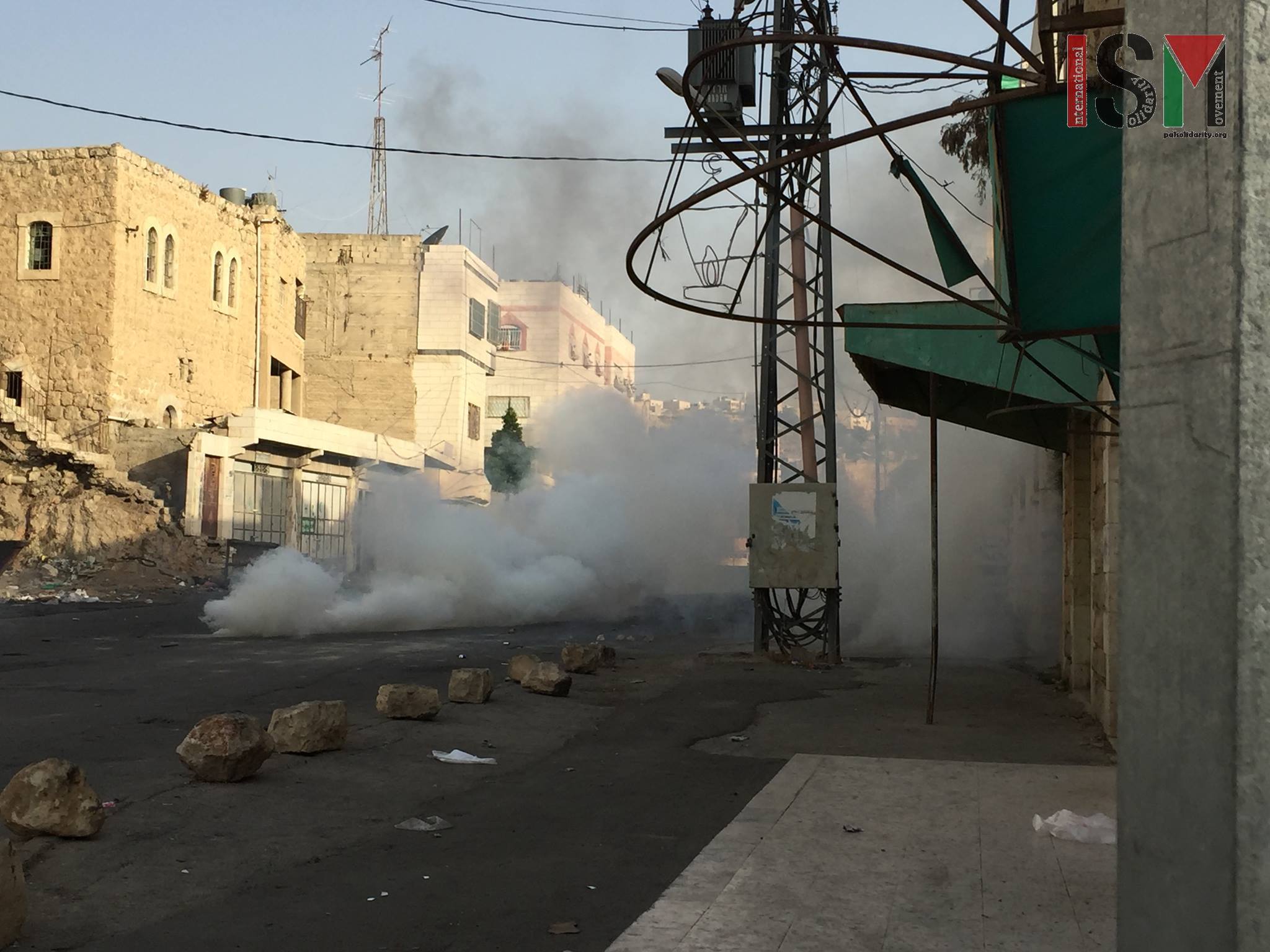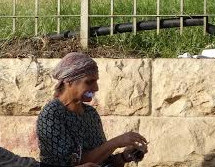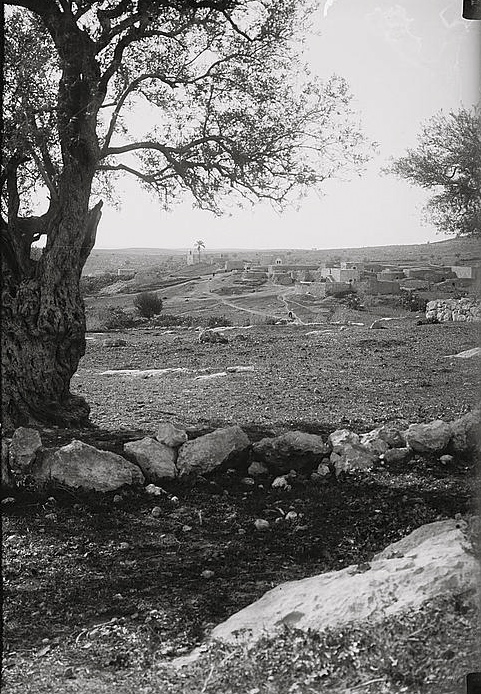-
Escalating tear-gas deployment against school children in Hebron
Monday morning, October 12th, 2015 Israeli forces pummeled Palestinian children going to school near Salimeh & Queitun checkpoints in Hebron with a total of 19 rounds of tear-gas and one stun grenade fired. The onslaught began at 7:41 am when a crowd of children could be heard playing noisily in the street near several primary […]
-
Settler attacks international – eats notebook
12th October 2015 | International Solidarity Movement, al-Khalil team | Hebron, occupied Palestine Yesterday afternoon, two girls were arrested by Israeli forces in occupied al-Khalil (Hebron). International human rights observers documenting the ungrounded arrest were harassed by settlers in front of the Israeli police station. Two young school-girls, aged 14 and 16, were stopped by […]
-
Dheisheh Refugee camp: One family’s story
12th October 2015 | International Solidarity Movement, Al-Khalil team | Hebron, occupied Palestine Sun streams through the bedroom window of Amira, an elderly woman in her mid 70’s who has spent a lion’s share of her life living inside Palestinian refugee camps. Amira, who cannot speak and is completely immobile in her bed, shifts her […]
Action Alert An Nabi Saleh Apartheid Wall Arrests BDS Bethlehem Bil'in Cast Lead Demonstration Denial of Entry Ethnic Cleansing Farmers Gaza Global Actions Hebron House Demolition International law Israeli Army Jerusalem Live Ammunition Nablus Ni'lin Prisoner Ramallah Rubber-coated steel bullets Settlement Settlers Settler violence Tear-Gas Canister Video



